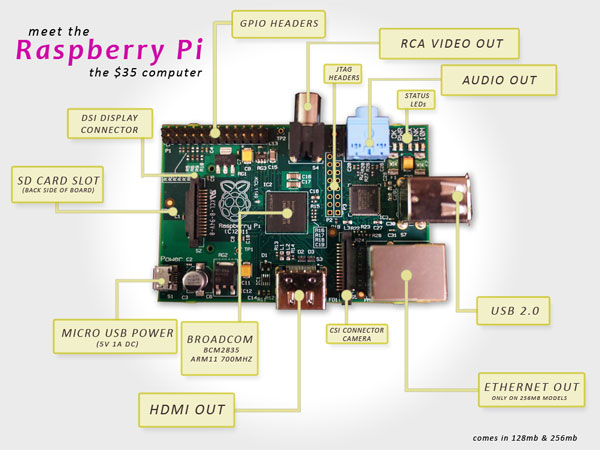Posted by William Rutger
As libraries continue to meet the needs of their patrons, they have
begun to evolve from the traditional material-driven
place of information to a collaborative, hands-on community of learning. Makerspaces
are one service that has developed from this emerging landscape. So what are Makerspaces
and why are they important? Lucky for you, the EDUCASE Learning Initiative
(2013) has identified 7 things you should now about Makerspaces:
What is it? Makerspaces are hands-on, mentor-led learning environments that foster experimentation, invention, creation, exploration and STEM (science, technology, engineering, and mathematics) learning. Simply put, it is a place to create anything you can imaging – crafts, electronics, digital works, or just ideas.
How does it work? They tend to be heavy on the technology, given that they developed from the hacker culture. The tools that are traditionally available in Makerspaces include but are not limited to; 3-D printers, laser cutters, Play-Doh, jump wires, hot glue guns, software platforms, foam board, LEGOs, cardboard, rockets, gears, circuit boards, computer assisted drawing software, LED lights, duct tape, sensors, Raspberry Pis, sewing machines, musical instruments, cameras, voice recorders and computers (Britton, 2012).
 |
| Image Source: http://blog.parts-people.com/wp-content/uploads/2012/01/raspberrypi21.jpg |
Why is it significant? Patrons are able to become consultants, designers, and builders, also known as makers. The zones of self-directed learning where the maker has ownership of the projects – from idea to design to construction to application.
What are the downsides? Space and cost. Equipment, especially 3-D printers and laser cutters, can be both expensive and require adequate work room.
Where is it going? Global learning environments with connected spaces that will allow makers to collaborate with other makers from anywhere.
 |
| Image Source: http://media-cache-ec0.pinimg.com/236x/36/ef/69/36ef69fc1999a24eeddc470d65c2710b.jpg |
- Heightened motivation and new forms of engagement through meaningful play and experimentation
- Opportunities for creating using a variety of media, tools and practices
- Co-configured expertise where educators and students pool their skills and knowledge and share in teaching and learning
- An integrated engagement through meaningful play and experimentation where connections between home, school, community and world are encouraged.
Can you see a Makerspace in your library? Is this a passing fad or a sustainable service libraries can provide? If you already have one (or seen one in action), what are your thoughts?
Additional Resources:
References:
B. Hamilton. (2012, June 28).
Britton, L. (2012). The Makings of Maker Spaces. The Digital Shift: Library Journal.
Retrieved from http://www.thedigitalshift.com/2012/10/public-services/the-makings-of-maker-spaces-part-1-space-for-creation-not-just-consumption/
EDUCASE. (2013). 7 Things You Should Know About…Makerspaces. ELI. Retrieved from
No comments:
Post a Comment